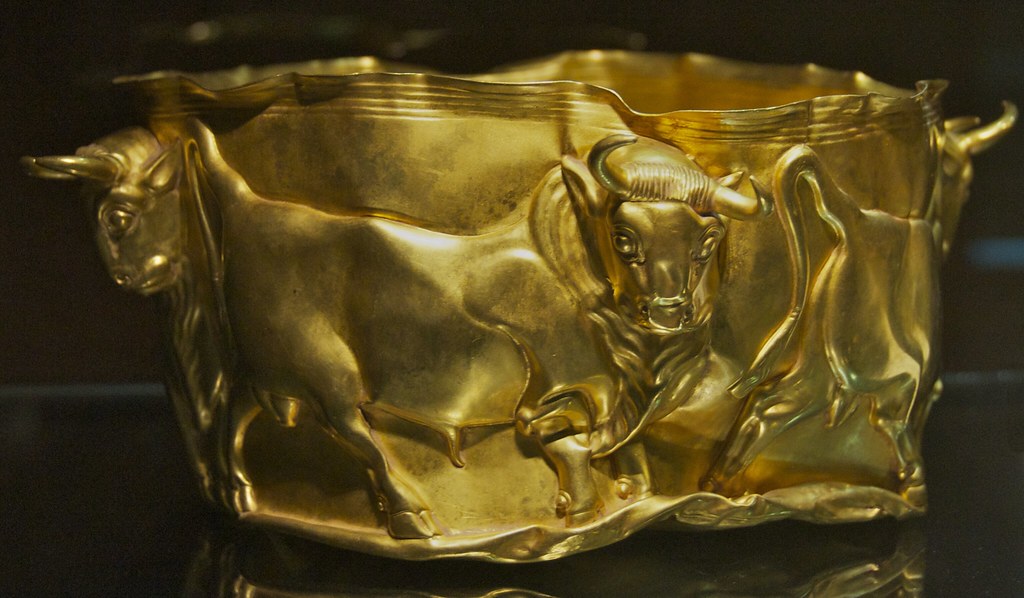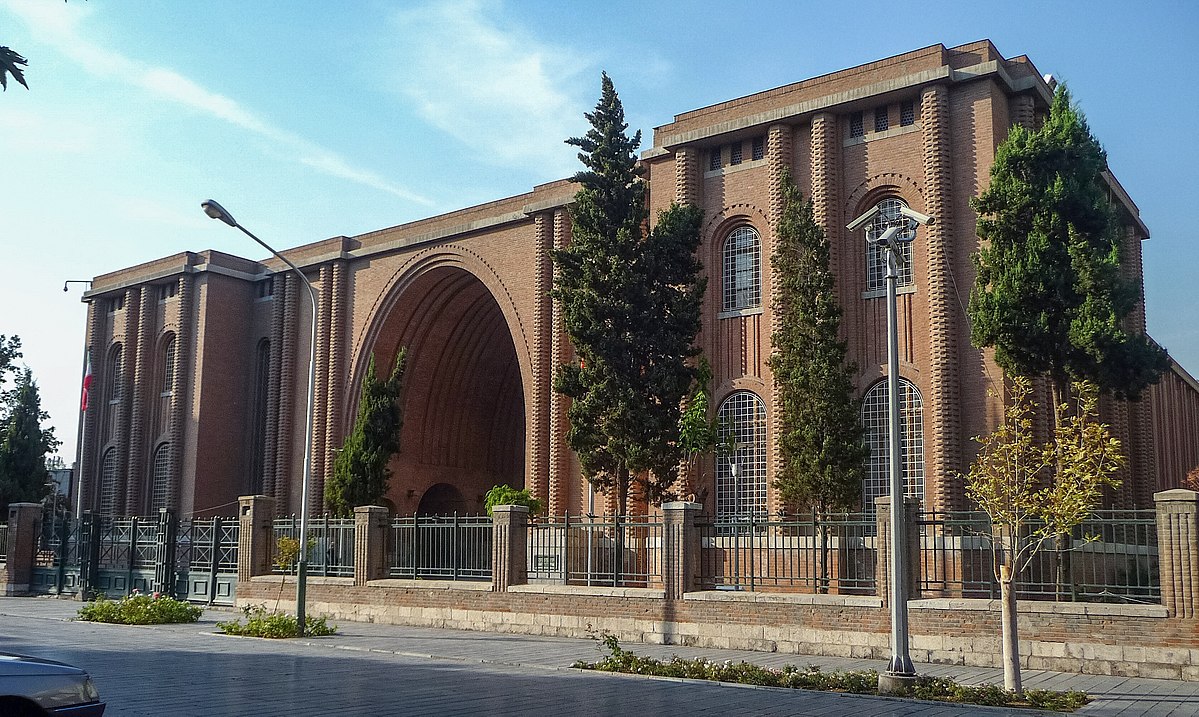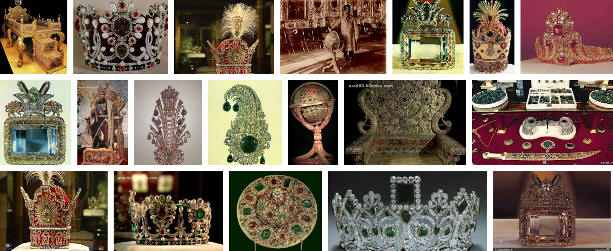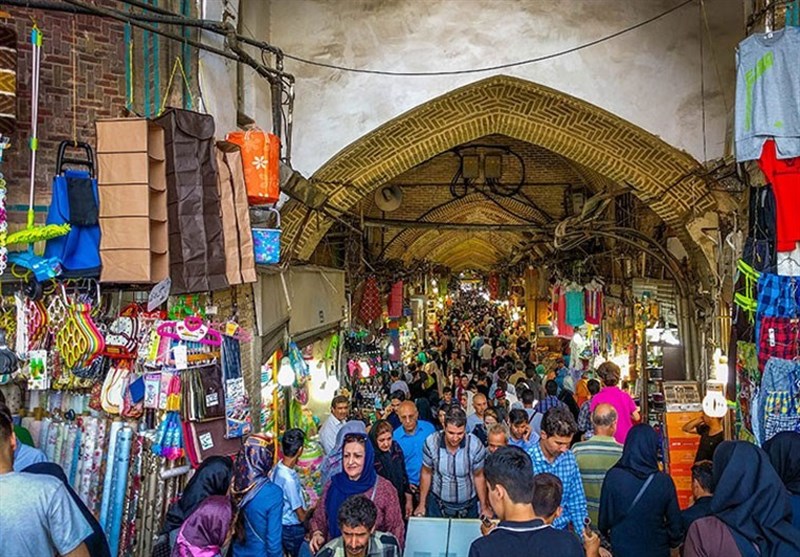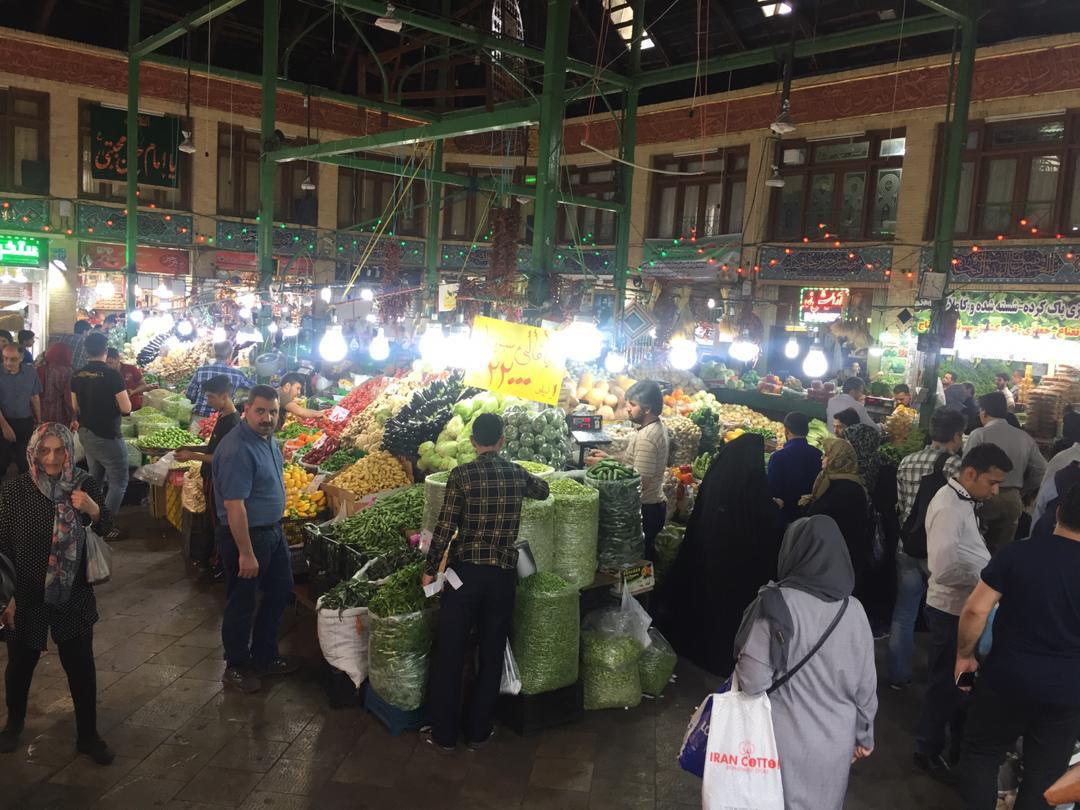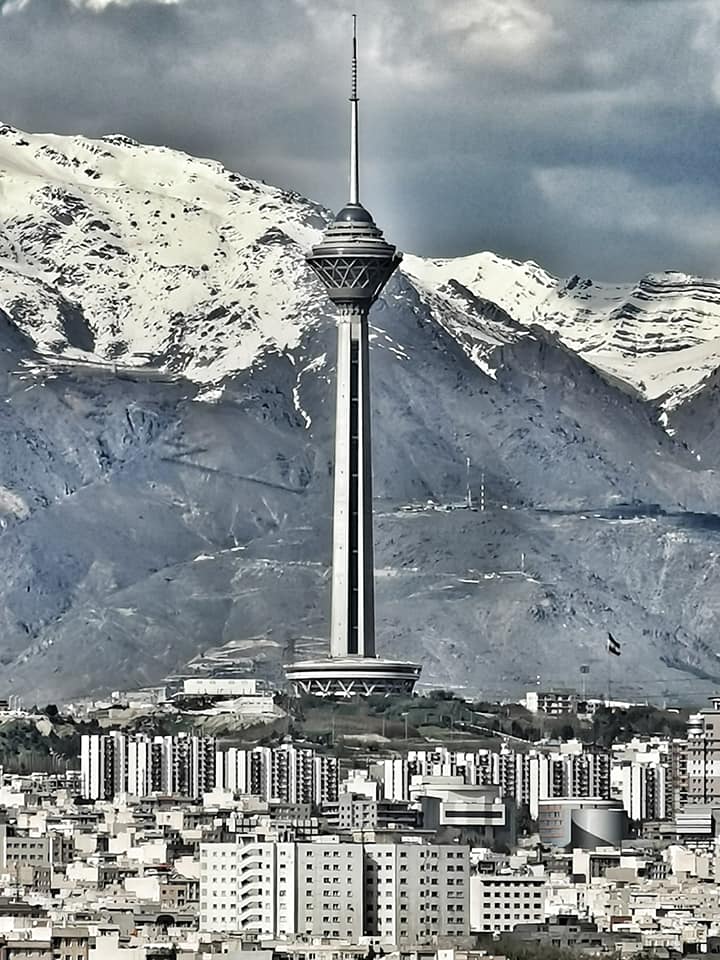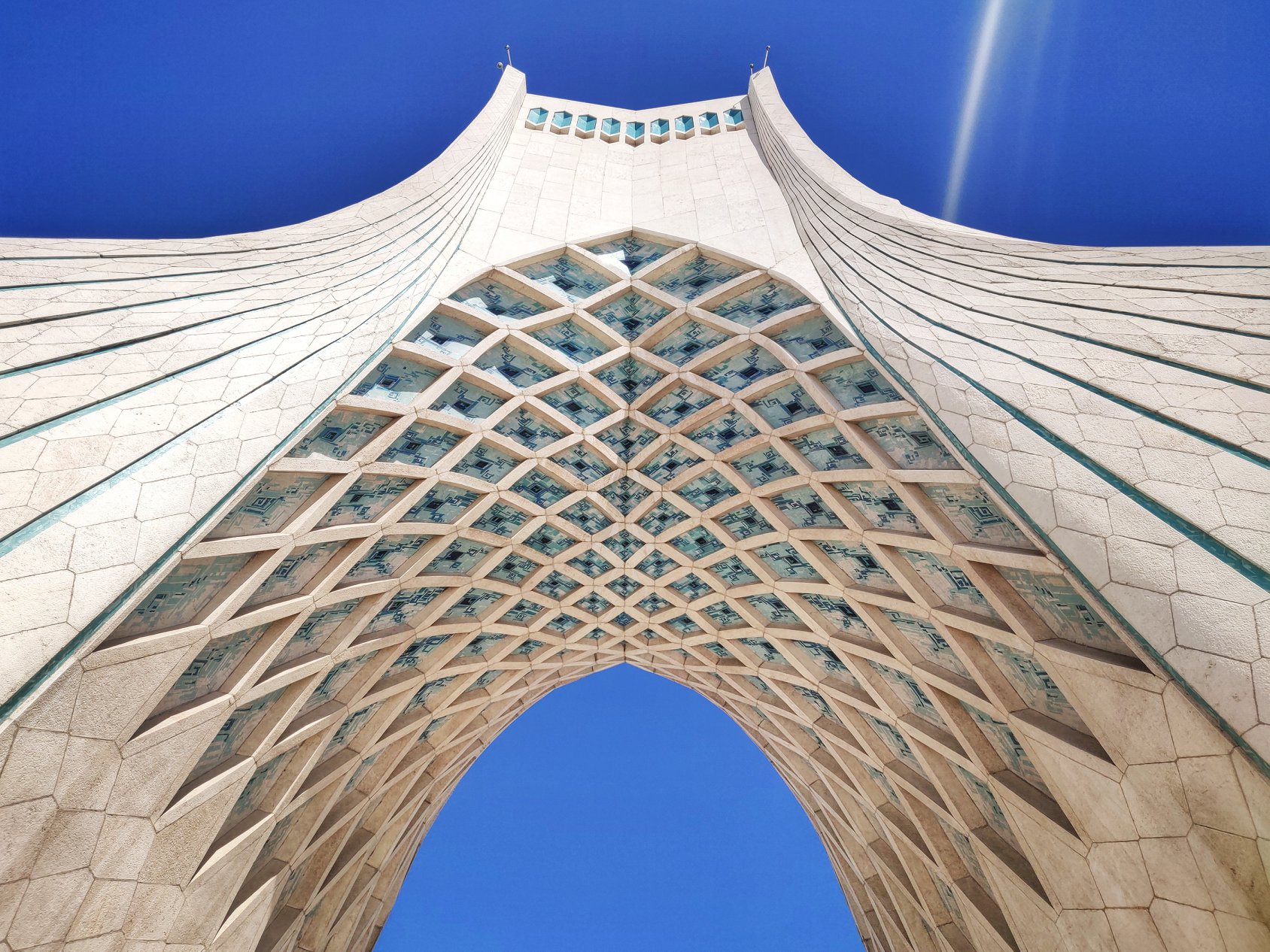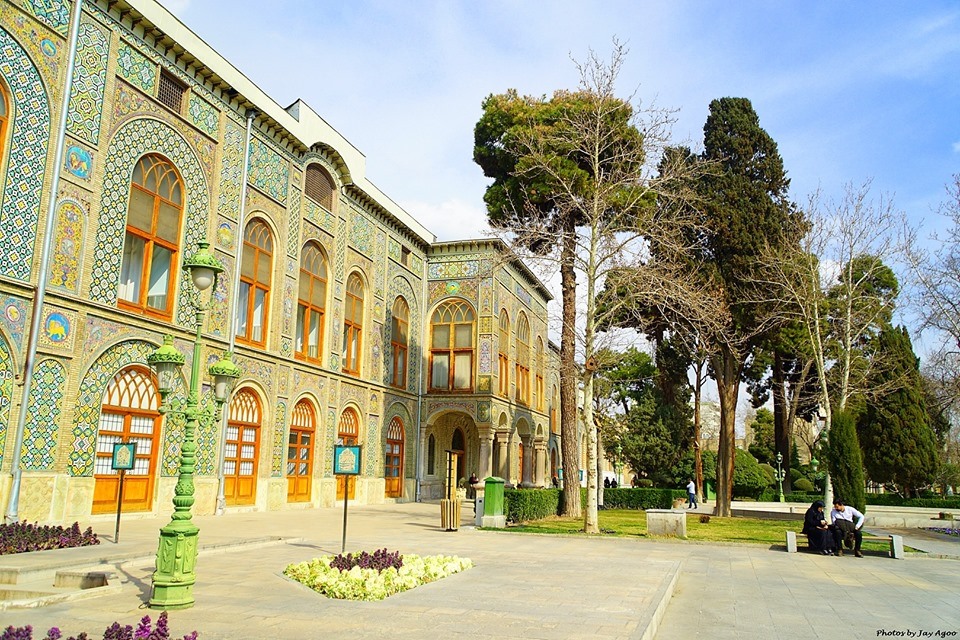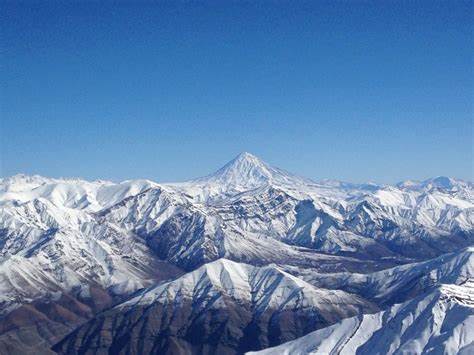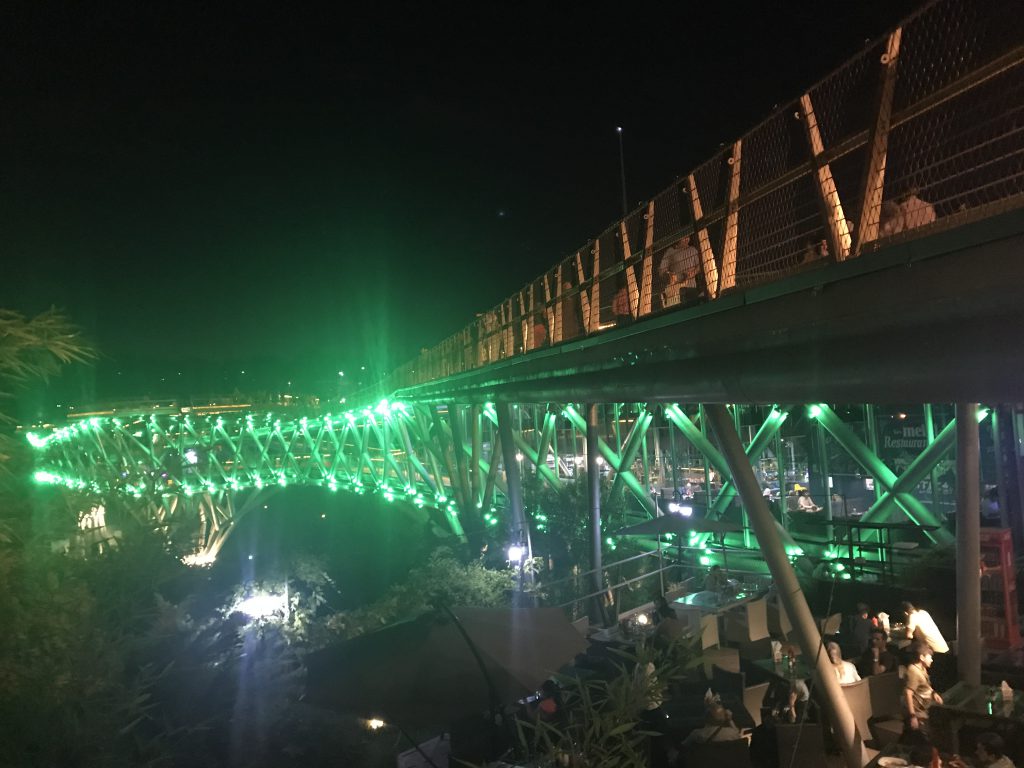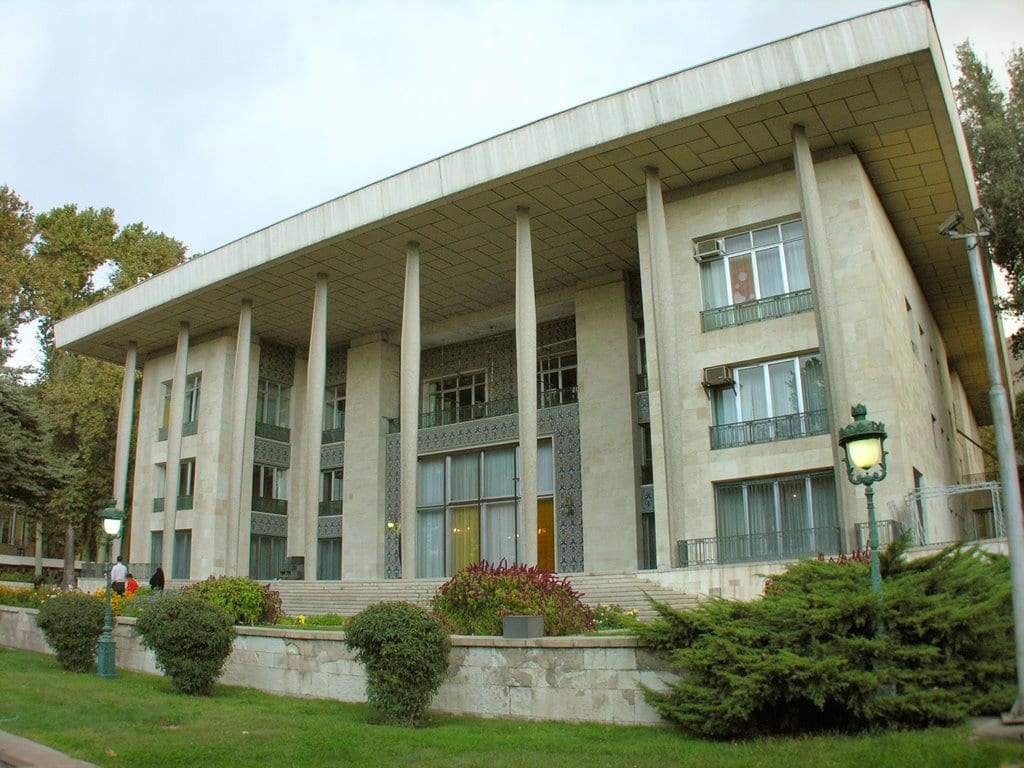TEHRAN TRAVEL GUIDE
Things to Do in Tehran– Activities & Attractions
—————————Ο————————
Tehran has been Iran’s capital since 1778 and is its biggest city, with over 14 million people living within its metropolitan area. Boasting countless museums and palaces, it is at the heart of most of Iran’s cultural and artistic events. The city is on an upward slope going North, with the city center at about 1,200m and parts of North Tehran rising to 1,700m. Do not miss this Tehran travel guide to learn about the top attractions in Tehran and what activities to do in this giant city.
The National Archaeology Museum of Iran was completed in 1928 by the French architect Andre Godard. It contains ceramics, pottery, and other archaeological gems from excavations all over Iran, including Persepolis, Susa, and many other significant sites. The exhibition displays are charmingly chaotic, but stuffed with authentic artifacts, including pottery dating back to the 6-7th millennium BC. Striking finds include a human-headed capital from Persepolis and some stunning friezes from the Apadana Palace. The museum is an absolute must for anyone interested in archaeology or the history of Iran.
The Crown Jewels Museum houses the largest set of crown jewels in the world. The National Jewelry Treasury displays splendid crowns and expensively decorated thrones, swords and shields, aigrettes, and a vast number of precious gemstones used to make exquisite jewelry. Highlights include the world’s largest pink diamond (known as Darya-i-noor) and the famous Peacock Throne. Open Saturday to Tuesday (afternoons only).
The Grand Bazaar Right in the heart of the city, the Grand Bazaar of Tehran is an essential visit for any tourist in Tehran. With over 10 kilometers of labyrinthine alleyways filled with covered shops, haggling customers, and general commotion, you will find everything from jewelry to Persian carpets and pots and pans for sale here. One of Tehran’s oldest areas, this commercial center, teeming with history and character, and embracing some exceptional restaurants dotted around, Tehran Grand Bazaar is a good place to buy some souvenirs from Iran. Prepare for a sensual bombardment; not for the agoraphobia! Be sure to check out the nearby Jomeh bazaar for antiques, every Friday on Jomhuri Street.
Tajrish Bazaar & Imamzadeh SalehThe bazaar in the northern district of Tajrish is smaller, prettier, and altogether less stressful than the Grand Bazaar (although prices are higher). There is a colorful market of fresh fruit and vegetables, and some excellent touristy shops selling traditional crafts and kitschy memorabilia. Here, you can also find Iranian spices and herbs, the secret to delicious Persian food. Check out the kebab restaurant in the center of the bazaar, and the teahouse just off the main drag. It is also worth visiting the stunning adjacent shrine, the Imamzadeh Saleh.
Milad Tower (Borj-e Milad)The Milad Tower is one of Tehran’s most iconic structures and the most prominent feature of the city’s skyline. Completed in 2007, it stands at an impressive 435 meters, making it the sixth tallest tower in the world. Trips to the head of the tower are inexpensive and worth the effort on a clear day, for nowhere else can beat it for panoramic views of the city. If you want to push the boat out, the tower also boasts a fancy, revolving restaurant.
Azadi Tower (Borj-e Azadi) Built in 1971 to commemorate 2500 years of Persian monarchy, this iconic tower fuses elements of Sassanian, Achaemenid, and modernist architecture. Literally meaning ‘Freedom Tower’, the ivory-colored, Y-shaped building is situated in a park in east Tehran, and features a well-laid-out underground museum. Though not as tall as the Milad Tower, it nevertheless boasts fantastic views of the city from the top floor.
Golestan Palace Just a few minutes from the Grand Bazaar, you will find the magnificent Golestan Palace (UNESCO), a 19th-century Qajar royal abode. The palace complex consists of 17 structures in total, including reception halls, museums, throne rooms, and royal quarters, and boasts impressive, well-kept gardens too. The intricate tile work, mirrored interiors, symmetrical fountains, and marble thrones demonstrate the pinnacle of Qajar-era architecture, and provide a sense of the level of opulence the monarchs would have enjoyed.
Mount Tochal Mount Tochal sits in the mountain range to the north of Tehran, with its peak reaching a staggering 3,993 meters. An excellent challenge for mountaineers, trails set off from Darakeh and Velanjak, with tea houses staggered along the way. If you lack the time or inclination for the trek, a telecabin service will take you all the way up the mountain for a reasonable fee. The top of the mountain also has a small ski piste, with equipment available to rent. Not as impressive as Dizin or Shemshak ski resorts, but ideal for a quick afternoon getaway.
Tabiat Bridge is a new walking bridge constructed above one of the most beautiful highways in Tehran (Modares Highway). The bridge connects two parks in the area (East side: Taleghani Park, and West side: Ab va Atash (Water and Fire) Park).
The design is perfect, steel pipes with wooden floors in some parts, it has 3 floors, and there is a great food court on the lowest level. One unique thing is the lightning; it is done beautifully and makes this Bridge awesome at Nights. We definitely suggest travelers experience the enjoyable walk on Tabiat Bridge (meaning Nature Bridge)!
Niavaran Cultural-historical Complex is located in a large garden with an area of 11 hectares in the north of Tehran, which is a significant natural-historical attraction. The monuments of this complex belong to the Qajar and Safavid periods. This garden contains several historical royal monuments including Ahmad Shahi Pavilion, Sahebqaranie Palace, and Niavaran Palace.
There are exquisite artworks from Iranian artists and valuable objects gifted by foreign governments as well as admirable architecture of Iran’s history that attract every tourist and visitor. This cultural-artistic complex is one of the honors of art history of Iran and the world.
The Cultural and Historical Complex of Saadabad covers an area of 110 hectares and is located in the refreshing foothills of Tochal and Darband. Saadabad lies from the north to the Alborz Mountains, from the east to Golabdare, from the west to Velenjak, and from the south to Tajrish.
During the Qajar Dynasty (1794-1925), this area was used as a summer palace of the royal family, and then in the Pahlavi era, it was extended to a larger area with the addition of new gardens and became the summer residence of the kings’ Pahlavi Dynasty (1925-1979) ), Reza Shah, Mohammed Reza Shah, and their families.
Later, on various occasions, palaces and villas were added to this palace. In the Pahlavi era, eighteen small and large palaces were built in Saadabad, exhibiting Iranian art and architecture. Since the 1979 revolution, this palace was transformed into a museum. Two palaces, namely, the White Palace and the Green Palace, are open to the public, as palace museums and other buildings have been allocated to their specialty for various types of exhibitions.
The cultural and historical complex of Saadabad consists of 17 palaces, museums, and halls.
